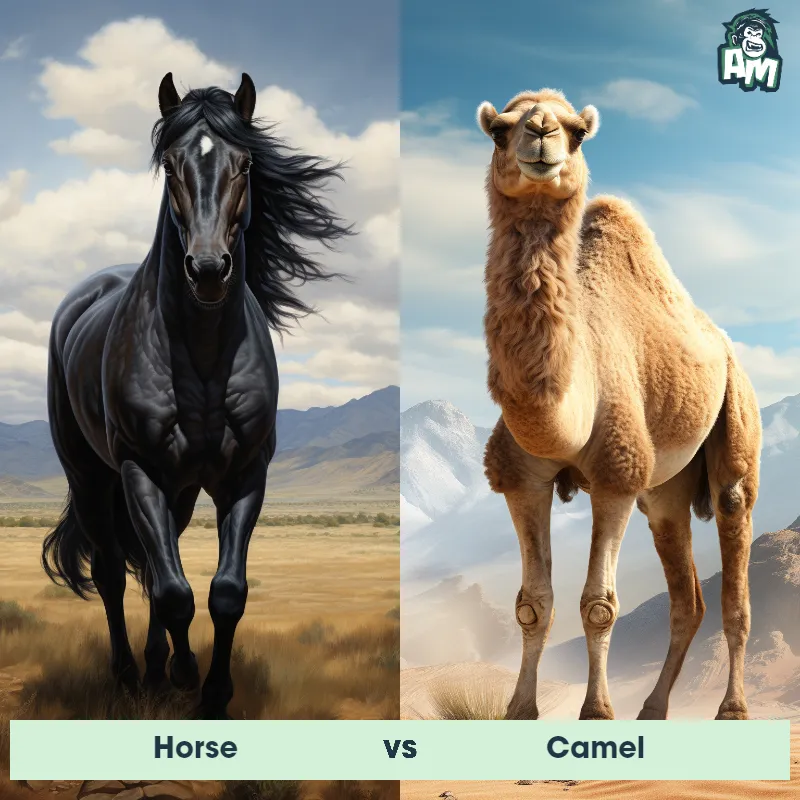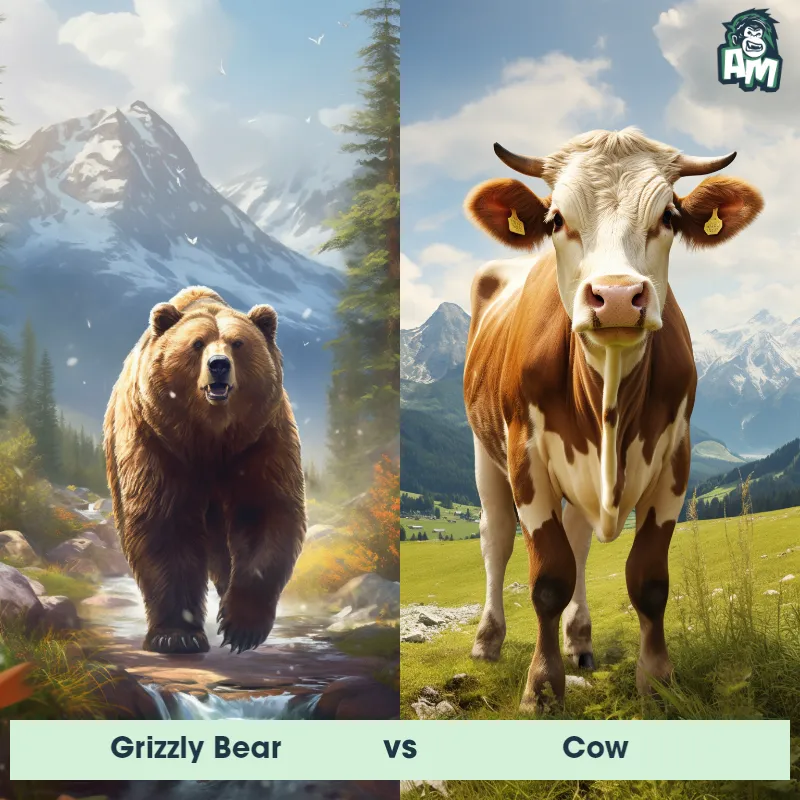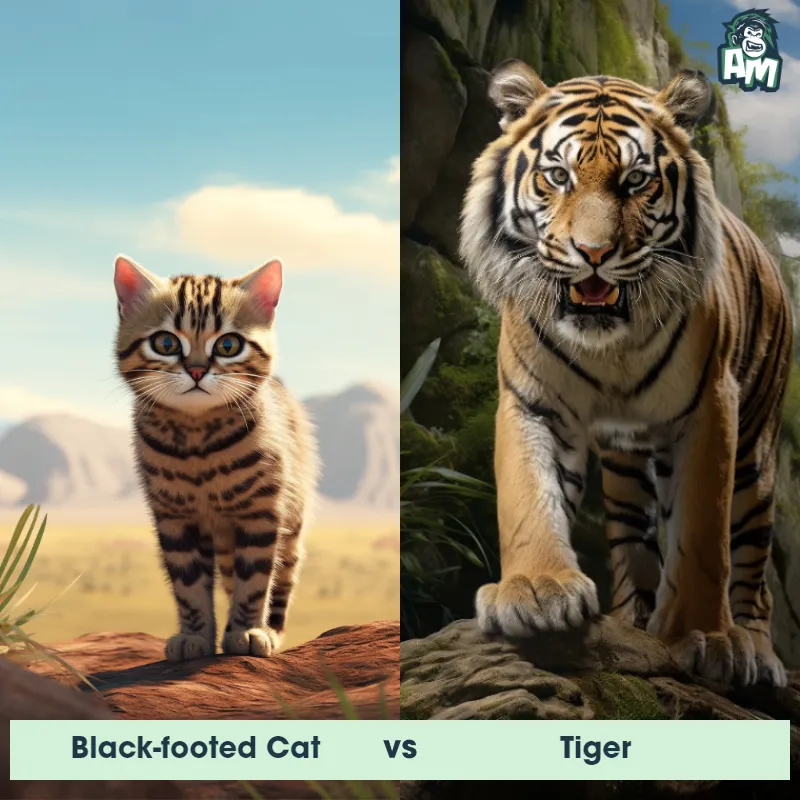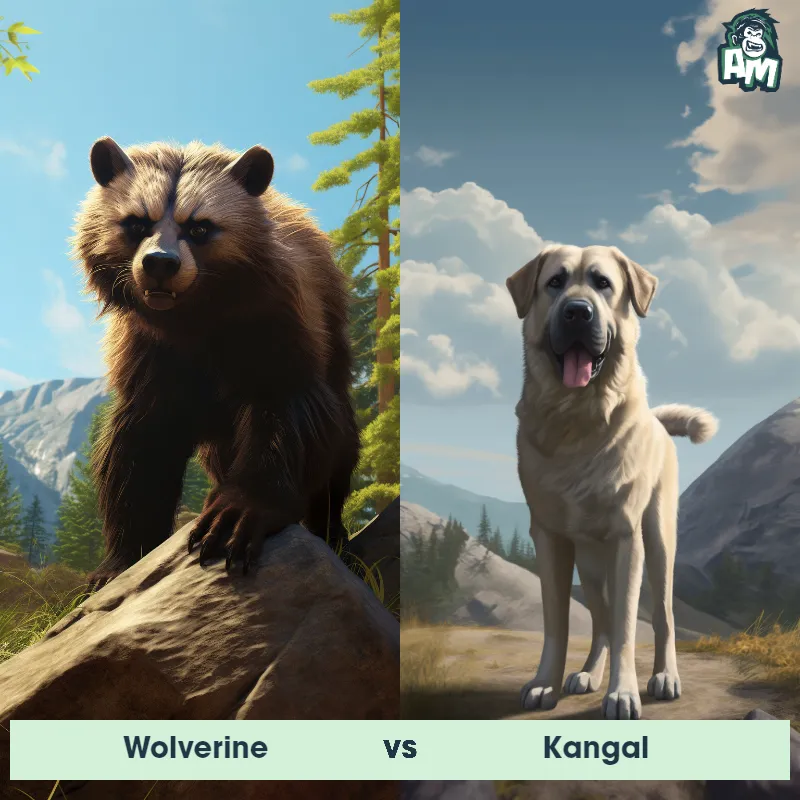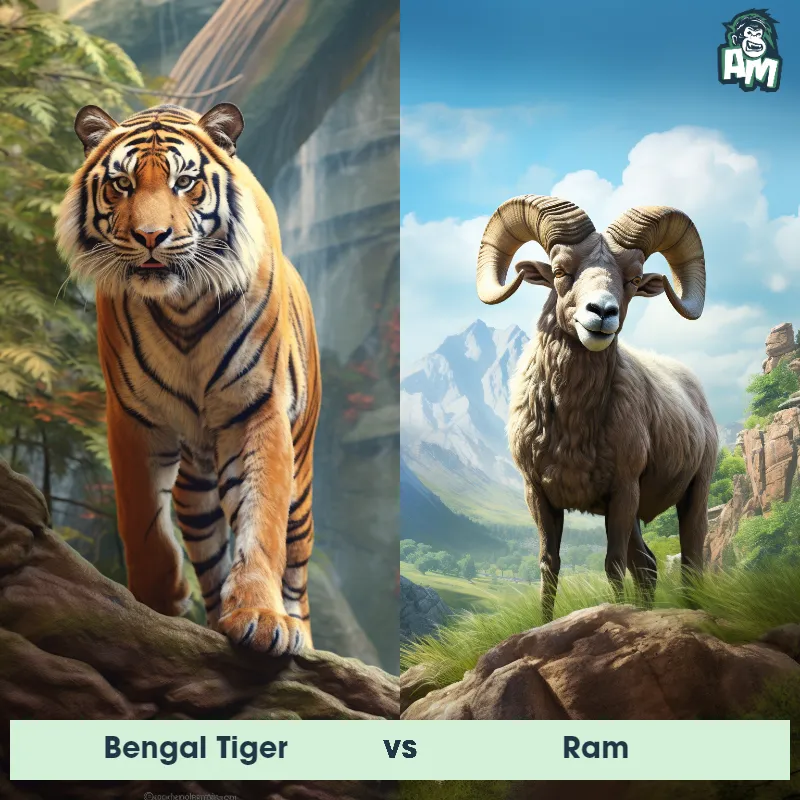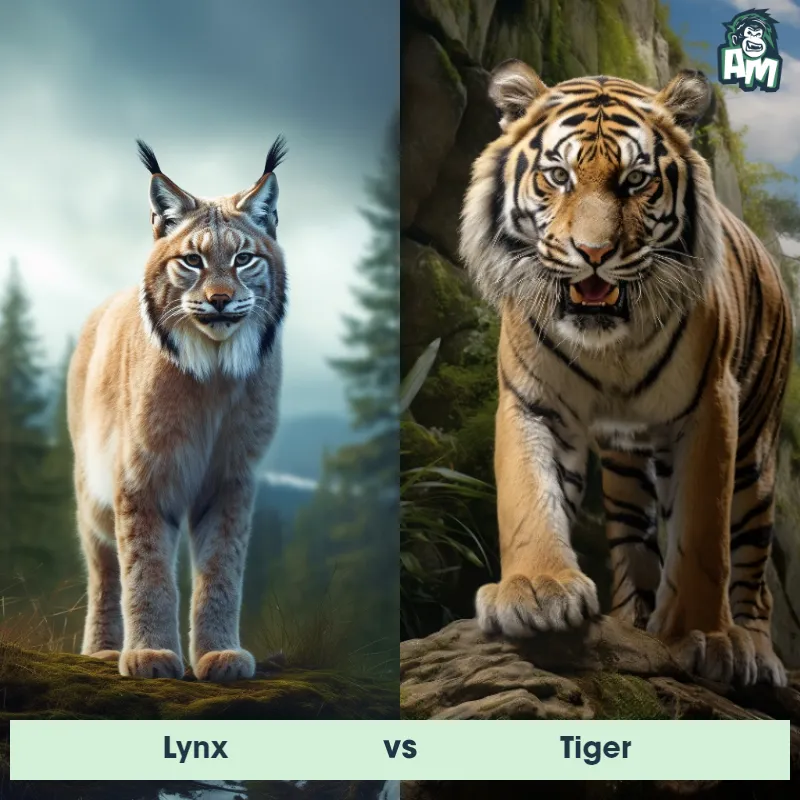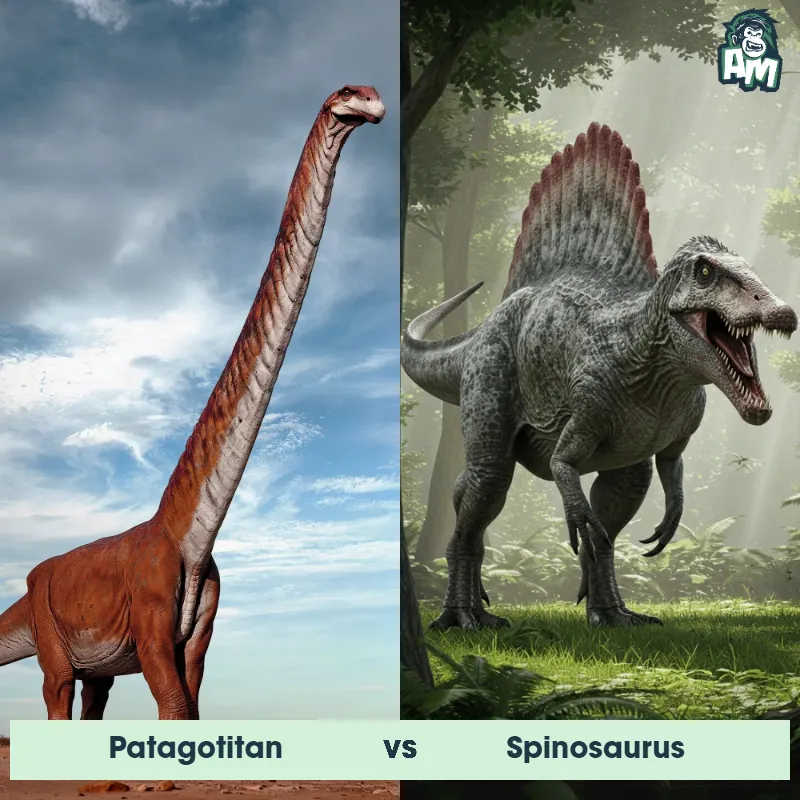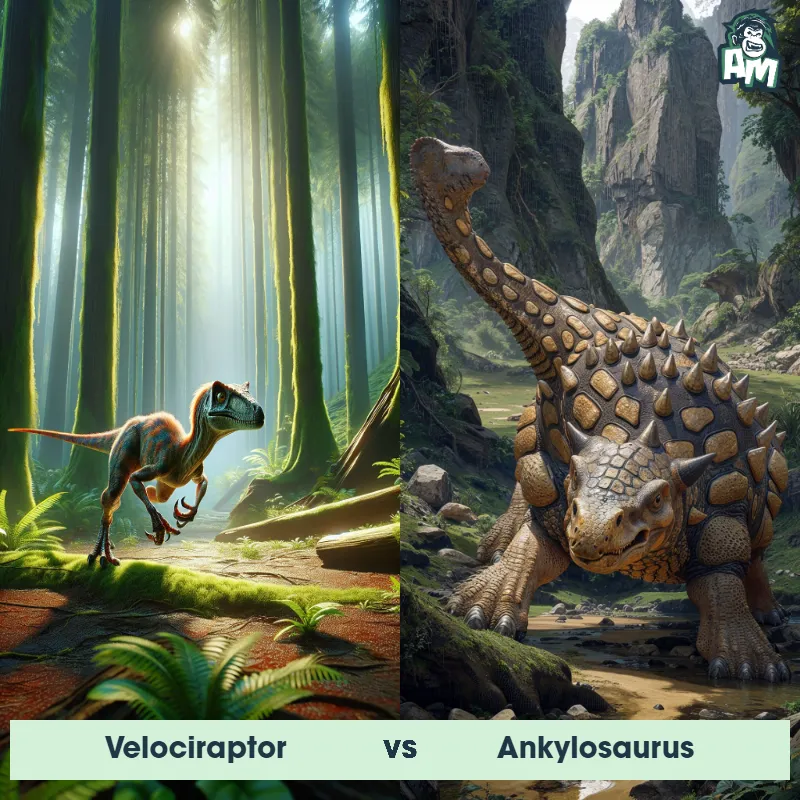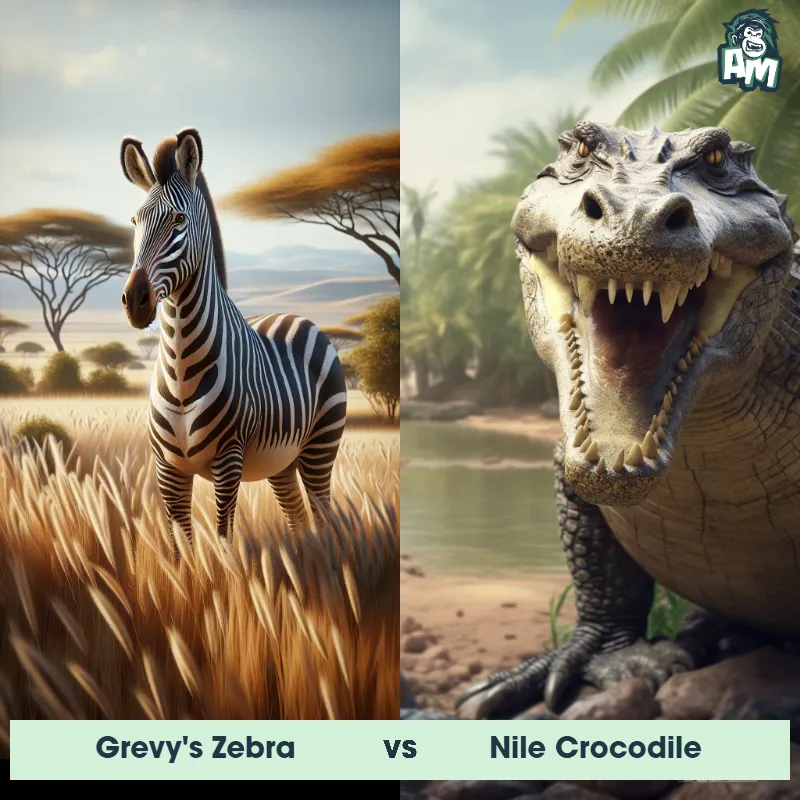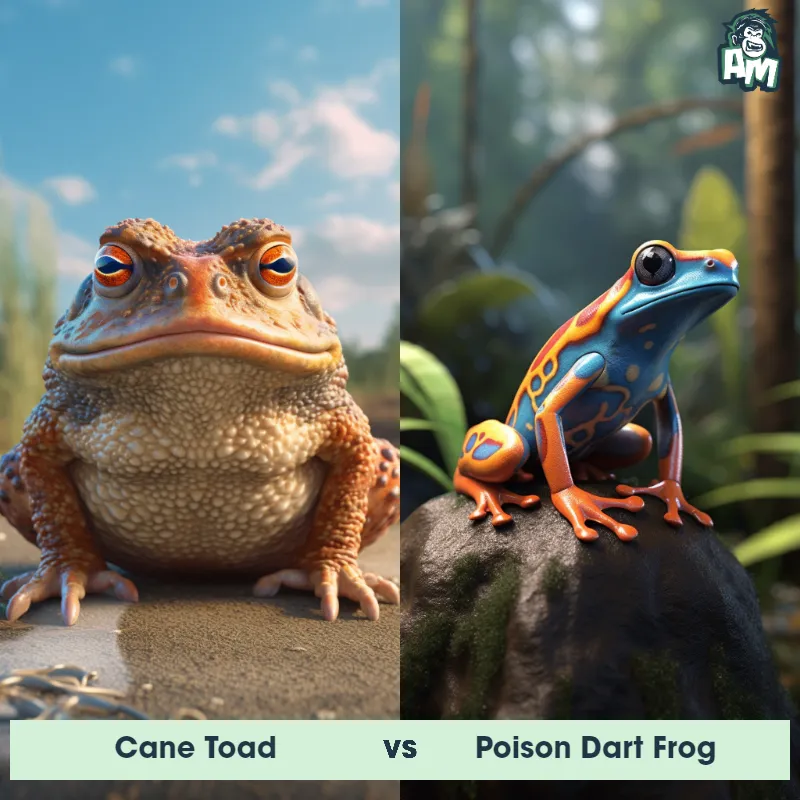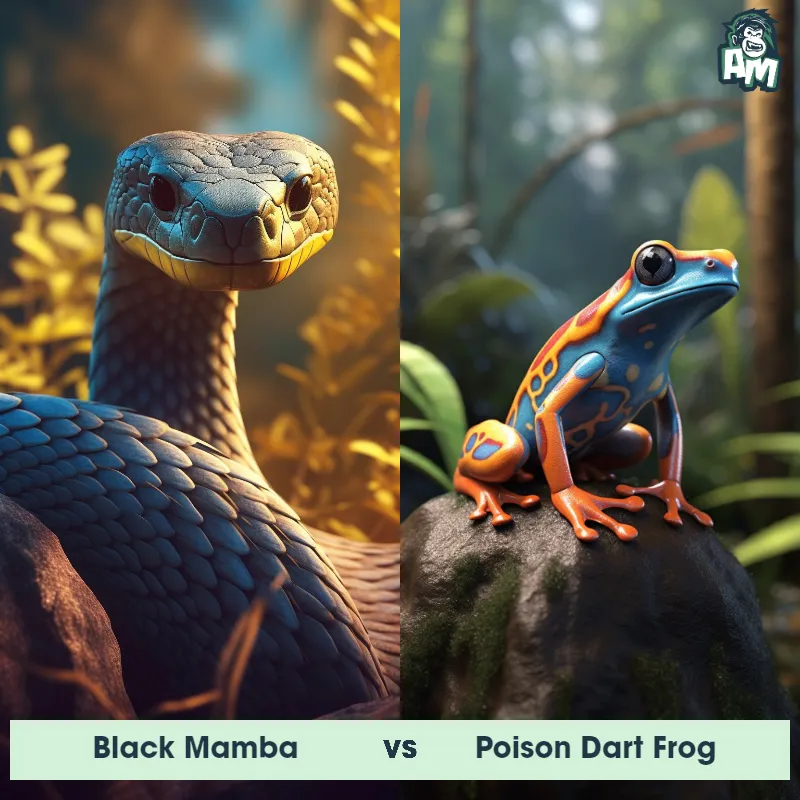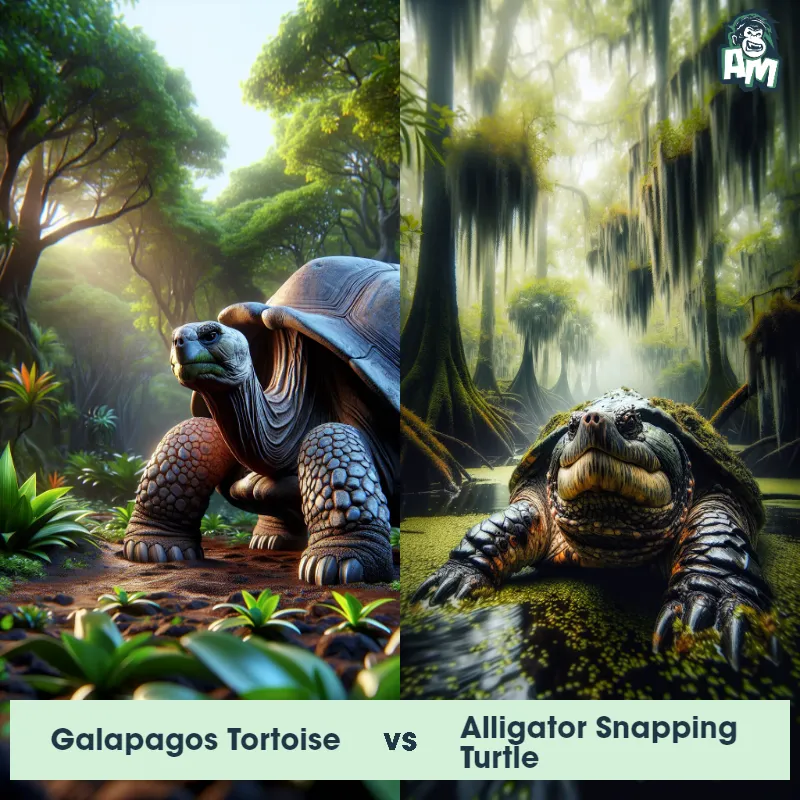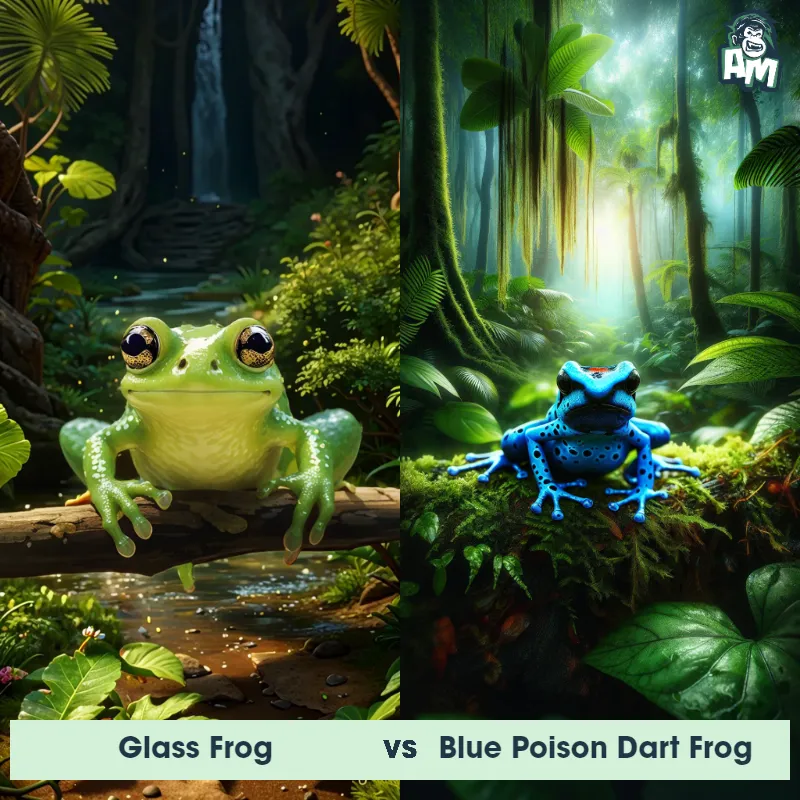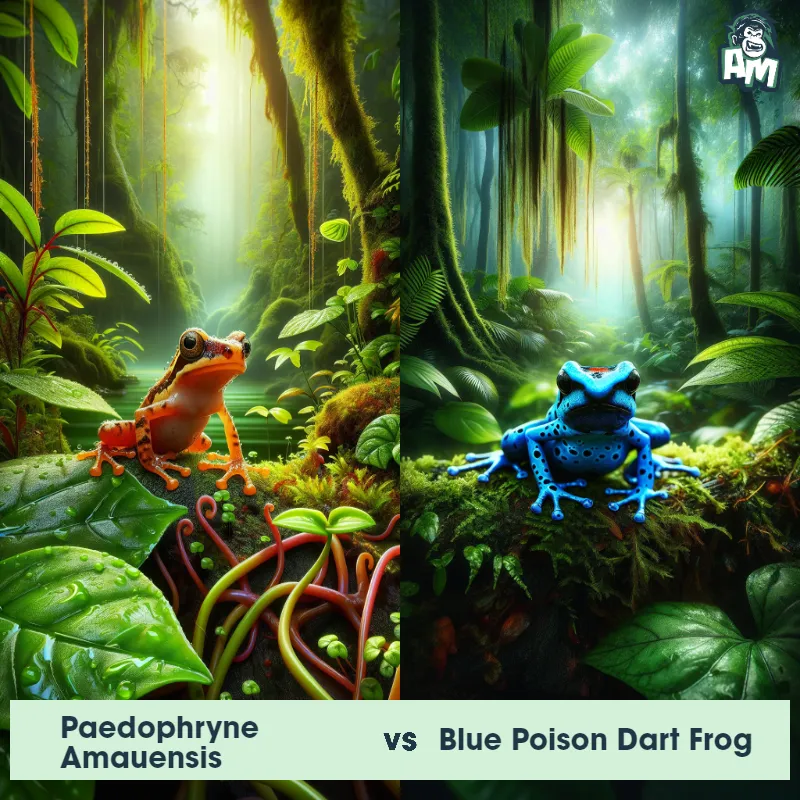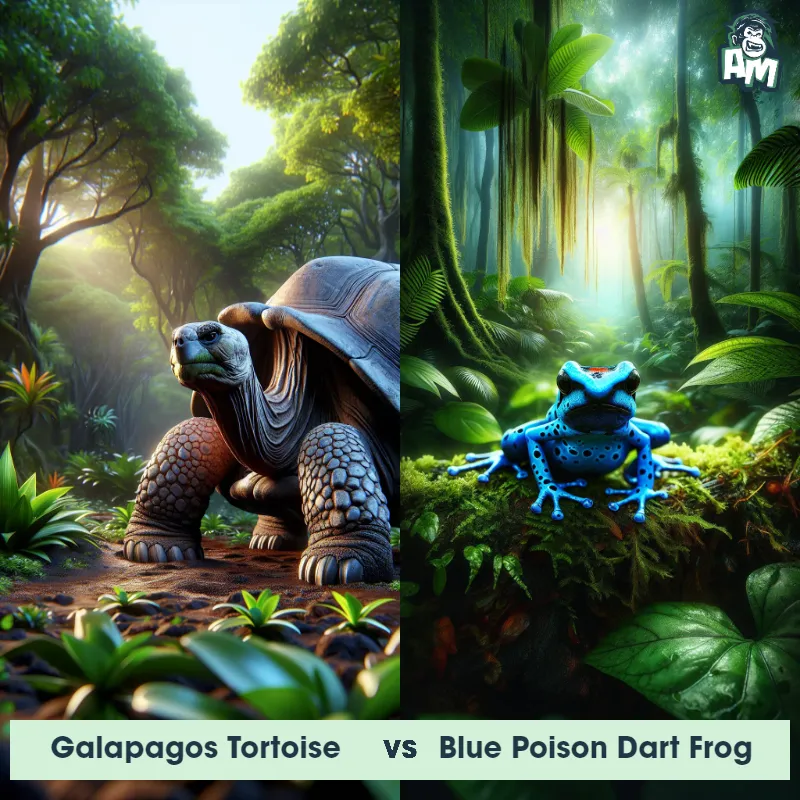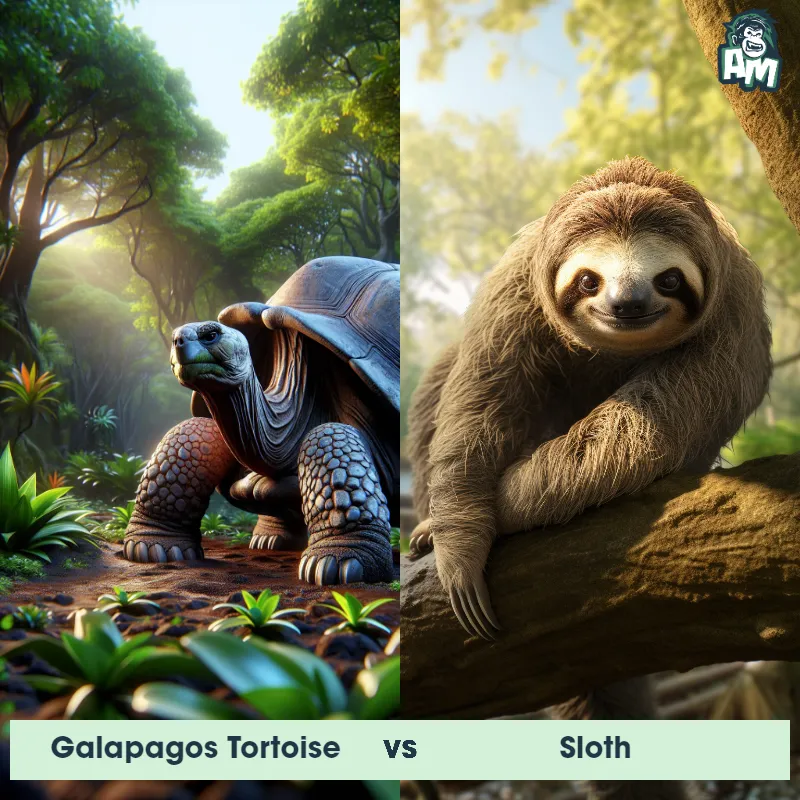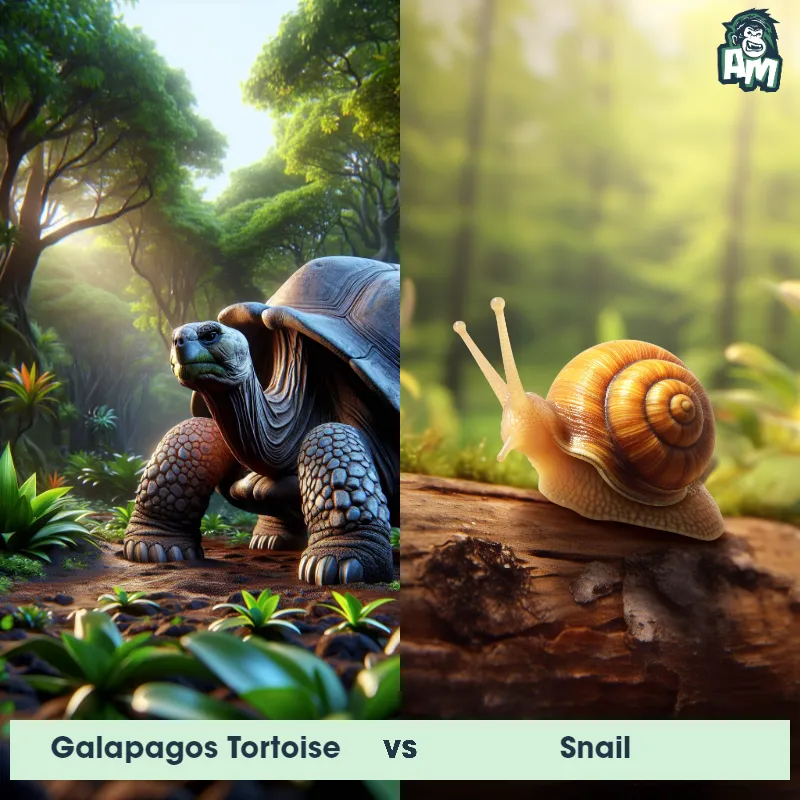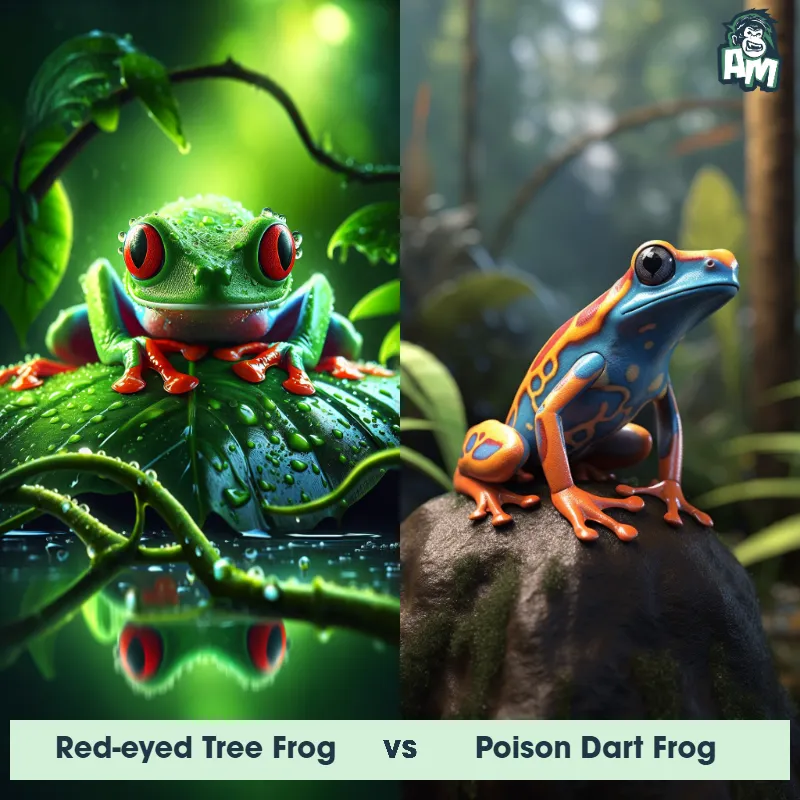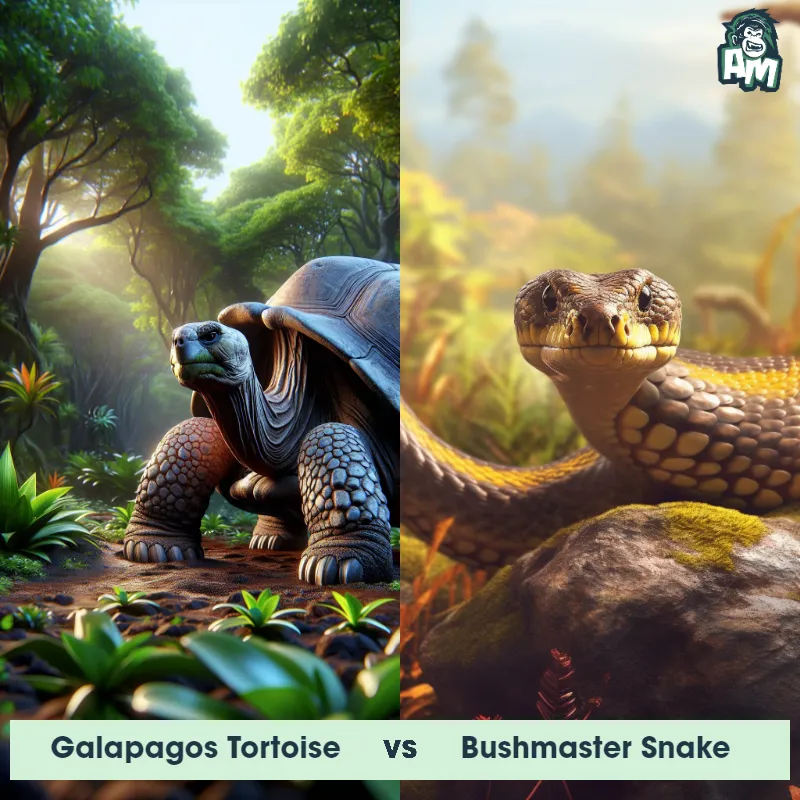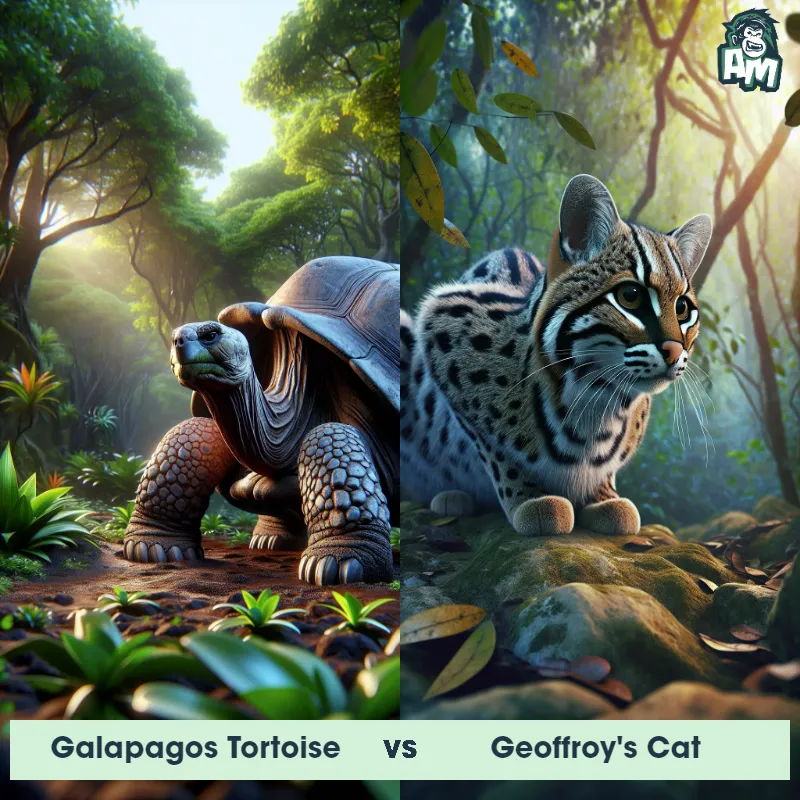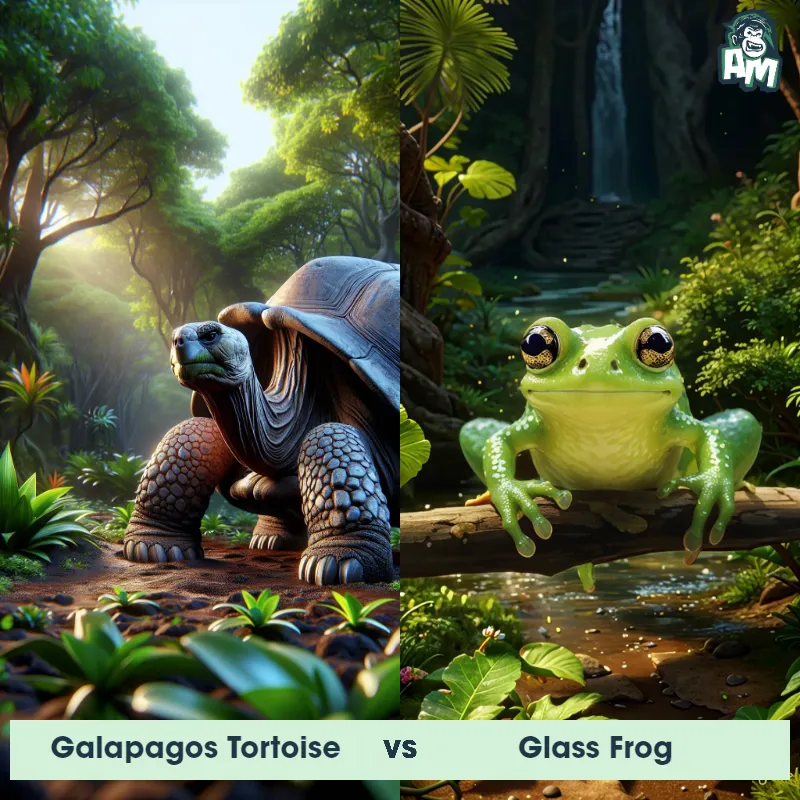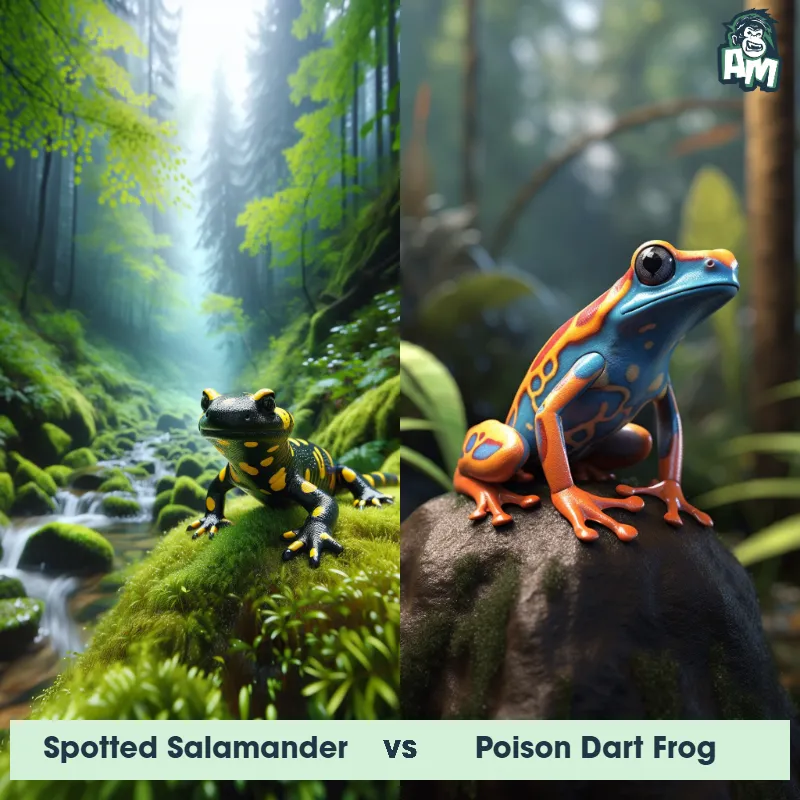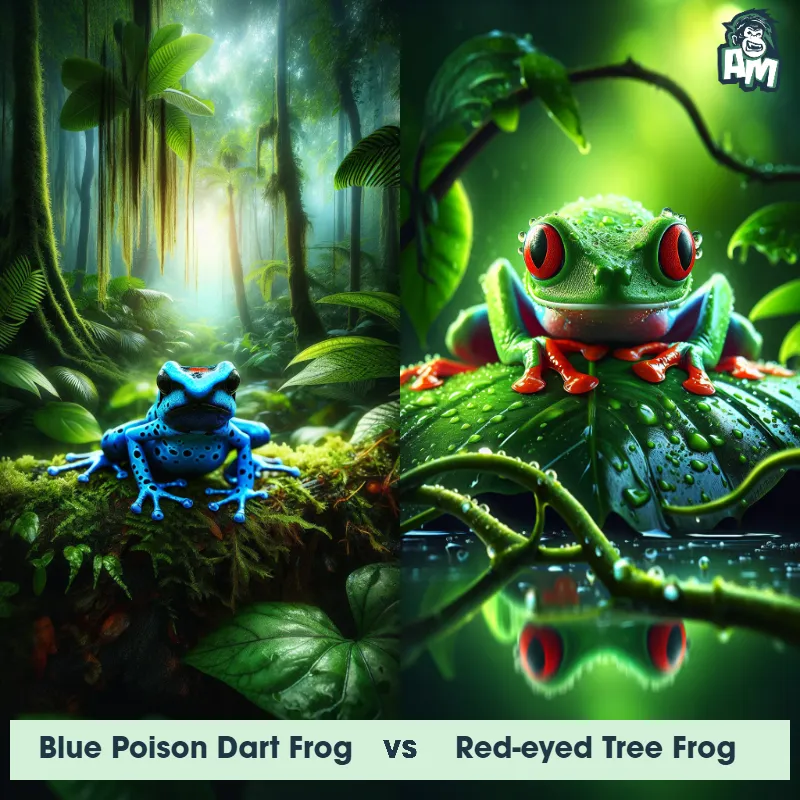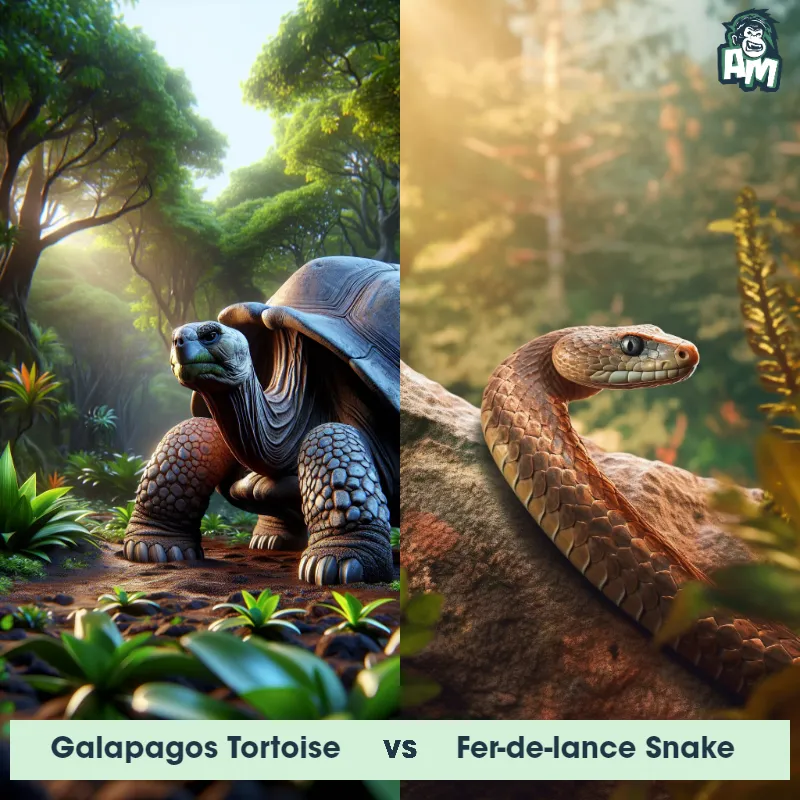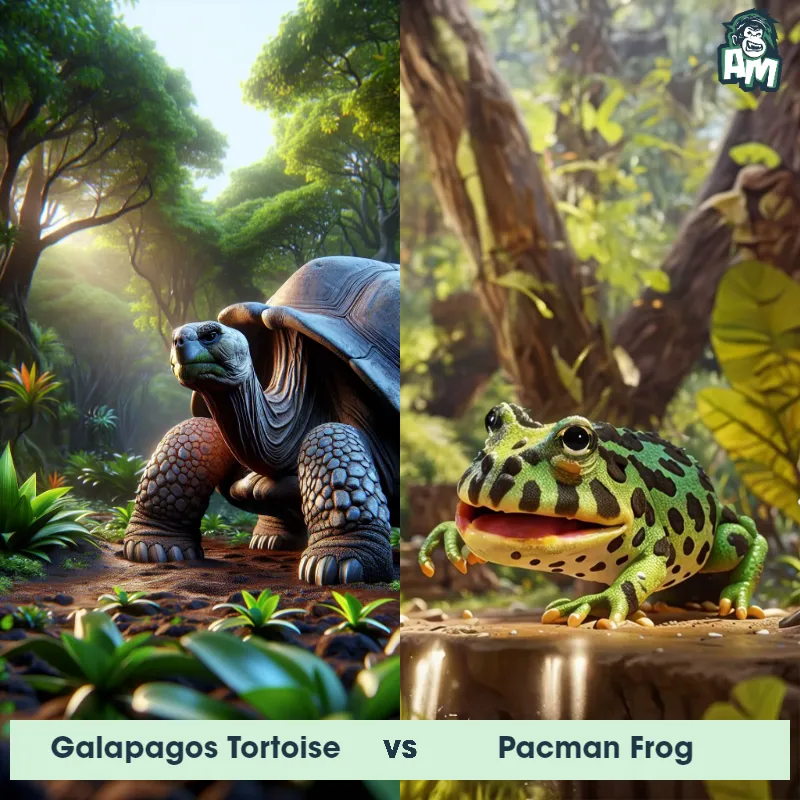Galapagos Tortoise vs Poison Dart FrogSee Who Wins
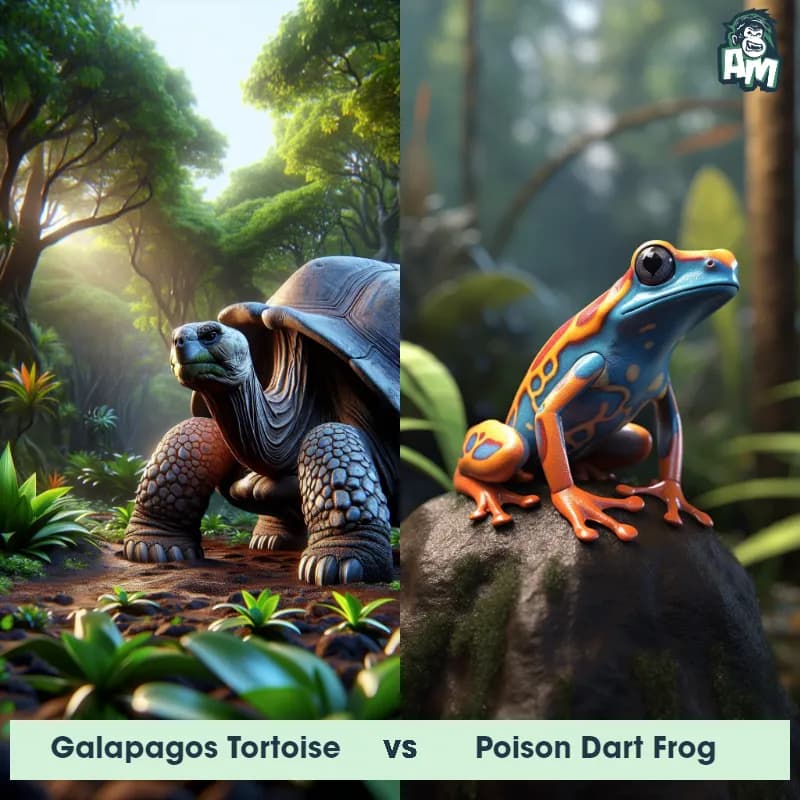
Welcome to this epic matchup between a Galapagos Tortoise and a Poison Dart Frog. This is sure to be an interesting battle between these two very different creatures. Let's see how they fare against each other in the ring.
Contender 1: Galapagos Tortoise
The Galapagos Tortoise, also known as the giant tortoise, is one of the largest tortoise species in the world, with individuals often weighing over 500 pounds and measuring up to 6 feet in length. They have a distinct dome-shaped shell that protects their bodies, which can range in color from dark brown to black. These tortoises have long necks and limbs, enabling them to reach vegetation both on the ground and in trees. They are herbivorous, primarily feeding on grass, cactus, and leaves, and their lifespan can exceed 100 years.
Fun Fact: Galapagos Tortoises possess the ability to store water in their bodies, allowing them to survive for up to a year without drinking any water. This adaptation enables them to inhabit arid regions where water sources may be scarce.
Contender 2: Poison Dart Frog
The Poison Dart Frog, also known as the Poison Arrow Frog, is a small and brightly colored amphibian found in Central and South America. They are known for their toxic skin secretions, which are used as a defense mechanism against predators. These frogs come in a variety of colors, including bright red, blue, yellow, and green, and their patterns can range from spots to stripes. They are typically less than two inches in length and have a flattened body shape.
Fun Fact: The Poison Dart Frog's toxic skin secretions are so potent that some indigenous tribes in South America have used them to poison the tips of their blow darts for hunting.
Matchup Stats
| Galapagos Tortoise | Poison Dart Frog | |
|---|---|---|
| Size | Up to 6 feet in length (1.8 meters) | Less than 2 inches (5.1 cm) |
| Weight | Over 500 pounds (227 kilograms) | Less than 1 ounce (28 grams) |
| Speed | 0.3mph (0.48km/h) | Speed: 0.5 mph (0.8 km/hr) |
| Key Strength | Strong bite force | Toxic skin secretions |
| Biggest Weakness | Slow movement speed | Small size and lack of physical strength |
Current Votes
Galapagos Tortoise vs Poison Dart Frog
See Who Wins
View More Matches
Looking For More?
Similar Matches
Scientific Stats
| Galapagos Tortoise | Poison Dart Frog | |
|---|---|---|
| Scientific Name | Chelonoidis nigra | Dendrobatidae |
| Family | Testudinidae | Dendrobatidae |
| Habitat | Terrestrial, inhabits forests, grasslands, and semi-arid regions. | Tropical rainforests |
| Geography | Endemic to the Galapagos Islands, Ecuador | Central and South America |
| Diet | Herbivorous, primarily grass, cactus, and leaves. | Insects and other small invertebrates |
| Lifespan | 100 years - 150 years | 1 year - 15 years |
Key Differences between Galapagos Tortoise and Poison Dart Frog
- Color: The Galapagos Tortoise typically has a dull brown or gray shell with a dark skin color, whereas the Poison Dart Frog displays bright and vibrant colors such as red, blue, yellow, or green to warn predators of its toxicity.
- Habitat: Galapagos Tortoises are found on islands in the Galapagos archipelago, while Poison Dart Frogs inhabit tropical rainforests in Central and South America.
- Conservation status: Galapagos Tortoises are classified as vulnerable or endangered due to habitat destruction and invasive species, while Poison Dart Frogs are also threatened by habitat loss and pollution, with some species listed as critically endangered.
- Size: The Galapagos Tortoise is significantly larger, reaching weights of up to 900 pounds, while the Poison Dart Frog is much smaller, measuring only about 1-2 inches in length.
- Lifespan: Galapagos Tortoises have a long lifespan, often living over 100 years in the wild, whereas Poison Dart Frogs have a much shorter lifespan, only surviving for about 3-15 years.
- Diet: Galapagos Tortoises are herbivores, primarily feeding on vegetation such as cacti and grasses, while Poison Dart Frogs are carnivores, preying on insects and small invertebrates.




